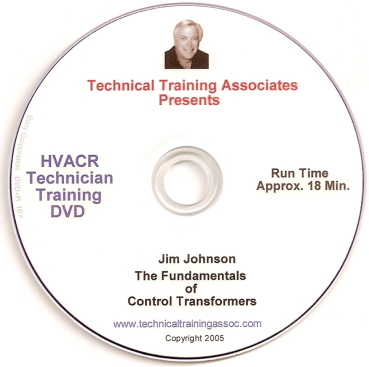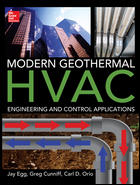ASHRAE Guideline 36-2021, “High-Performance Sequences of Operation for HVAC Systems,” made a splash in the HVAC design and operations world this year. It is ASHRAE’s first pass at defining the “best” way to control some typical air-handling systems to meet performance requirements as efficiently as possible. This column is not about ASHRAE Guideline 36 specifically but about the value of standard sequences of operation in general.
For any building owner/operator with multiple buildings, the investment in developing and the effort in enforcing standard sequences of operation for “like” systems should result in ongoing cost savings over the life of the existing buildings and any future new buildings.
A set of customized standard sequences of operation should reflect the types of systems installed in the owner’s buildings; the local climate; the owner’s performance requirements for those systems; the owner’s level of commitment to energy conservation; and the owner’s capacity for operating, monitoring, and maintaining the equipment and controls hardware required to implement the sequences.
The standard control sequences documentation should include system schematic flow diagrams and points lists in addition to the written sequences of operation. Logic flow charts can also be helpful for communicating operational intent for complex strategies.
Once the owner/operator has a controls standard, it can be shared with every design engineer and/or controls contractor before they start working in buildings (new or existing) covered by the standard. It should be expected that the standard sequences will be implemented on every project unless the design engineer and/or controls contractor asks for a variance and has a documented discussion with the owner regarding why. If the owner agrees to implement a different strategy for any reason, the alternate strategy should be documented in writing with the owner’s approval and signature.
The benefits to this process will multiply over time, starting with the design engineers and controls contractors who do not need to work so hard on their control sequencing and documentation responsibilities. This should either result in higher profits for them or lower costs passed through to the owner.
Along with standard control, sequences is the opportunity to develop standard functional performance test procedures for commissioning, i.e., one standard test procedure for each standard sequence. This should lower the cost of commissioning by reducing the commissioning professional’s design review; submittal review; test planning time; and, presumably, by improving the success rate of first-time testing from project to project. The latter is especially true for large campus settings, where a relatively small set of designers, commissioning professionals, and controls contractors work on a continuous stream of projects.
Beyond the benefit to capital project budgets, standard sequences of operation could be the key to streamlining an ongoing commissioning program. Customizing performance baseline trends for each system in an owner’s portfolio and/or programming fault detection diagnostic algorithms will be simpler, less expensive, and more reliable the more those systems are standardized. Regardless of how a building owner defines ongoing commissioning, the cost of developing and implementing the program with standardized sequences of operation should be a small to medium fraction of the cost of customizing the process for multiple unique systems and their one-off control sequences.








